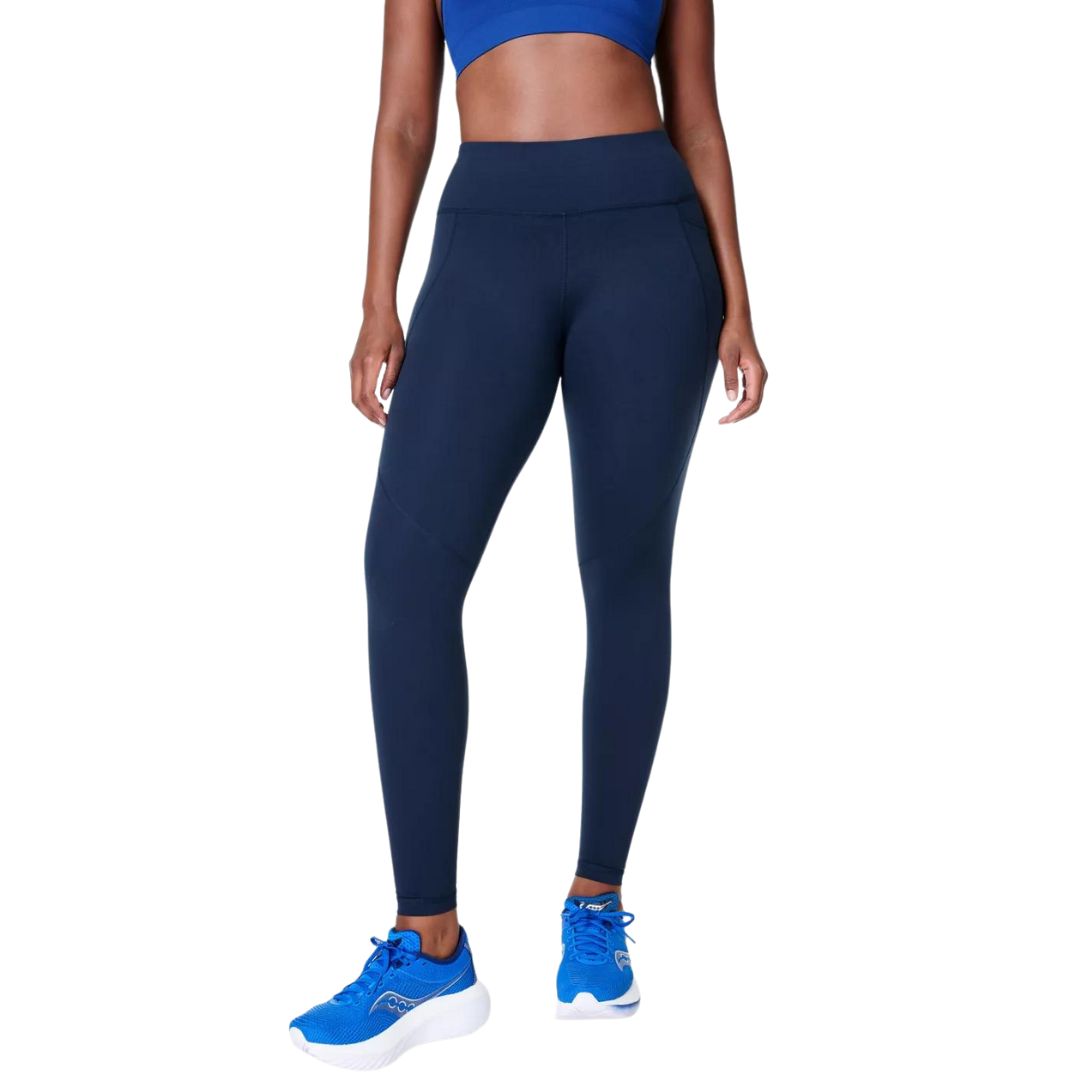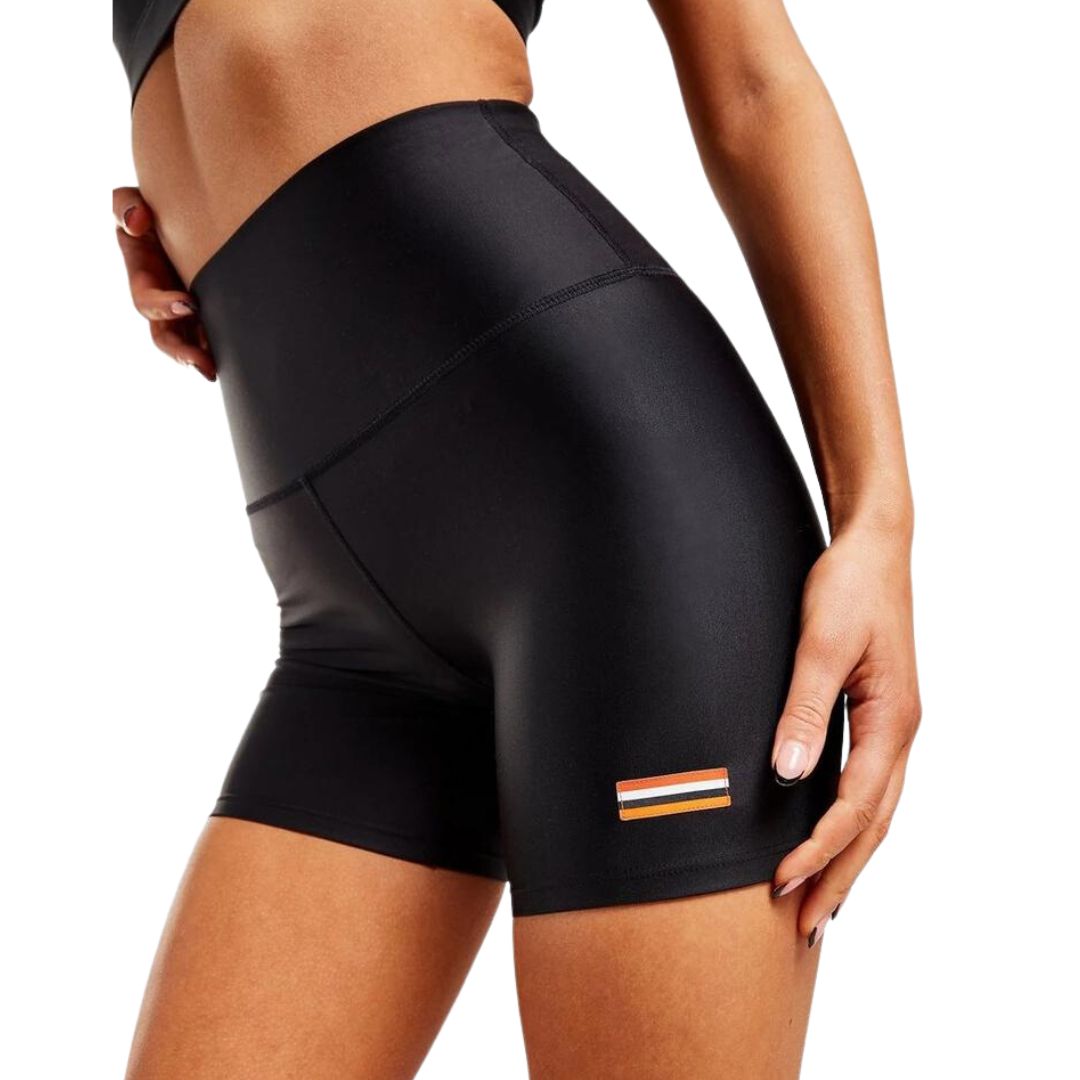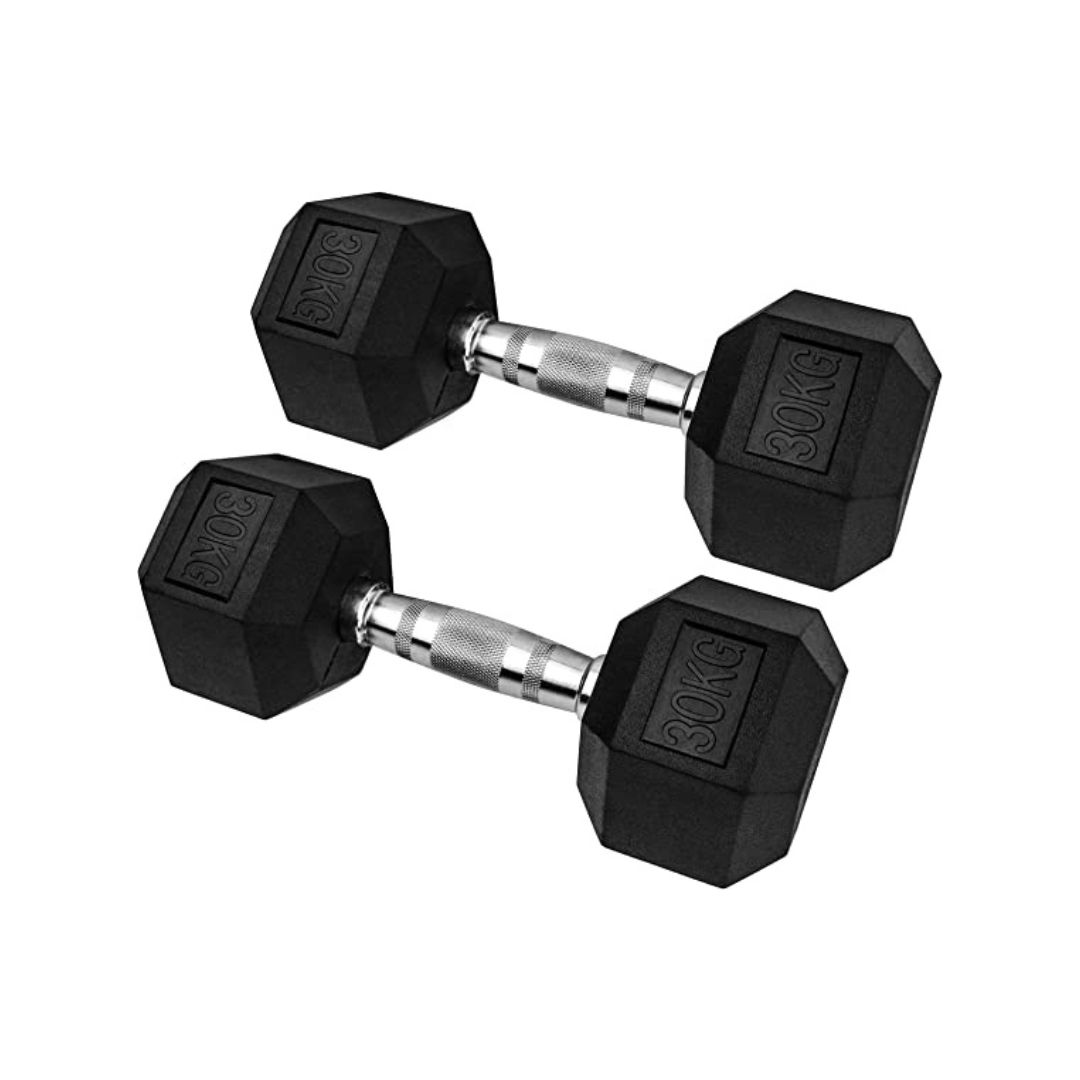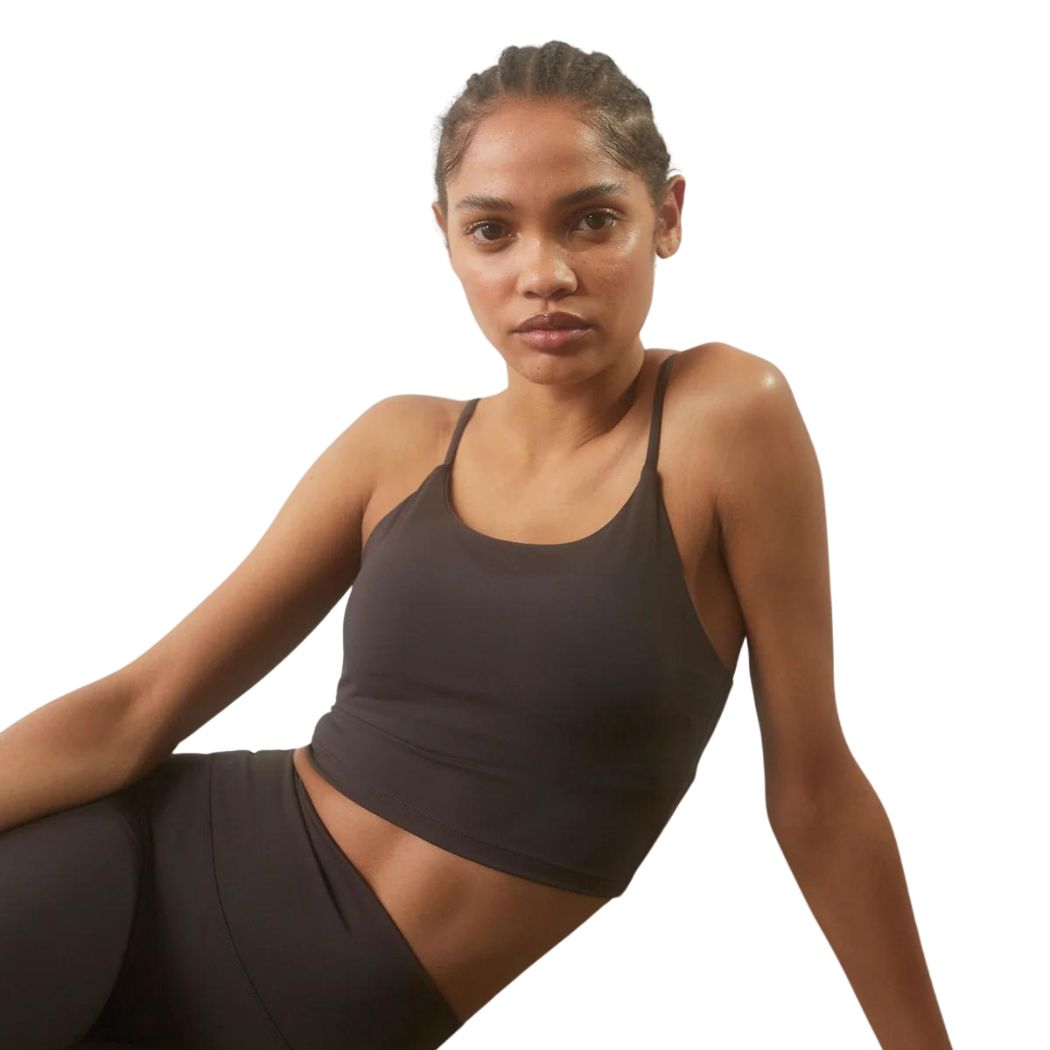Shoulder exercises promise to improve both your posture and strength - 5 to add to your next workout
*Bookmarks for later*

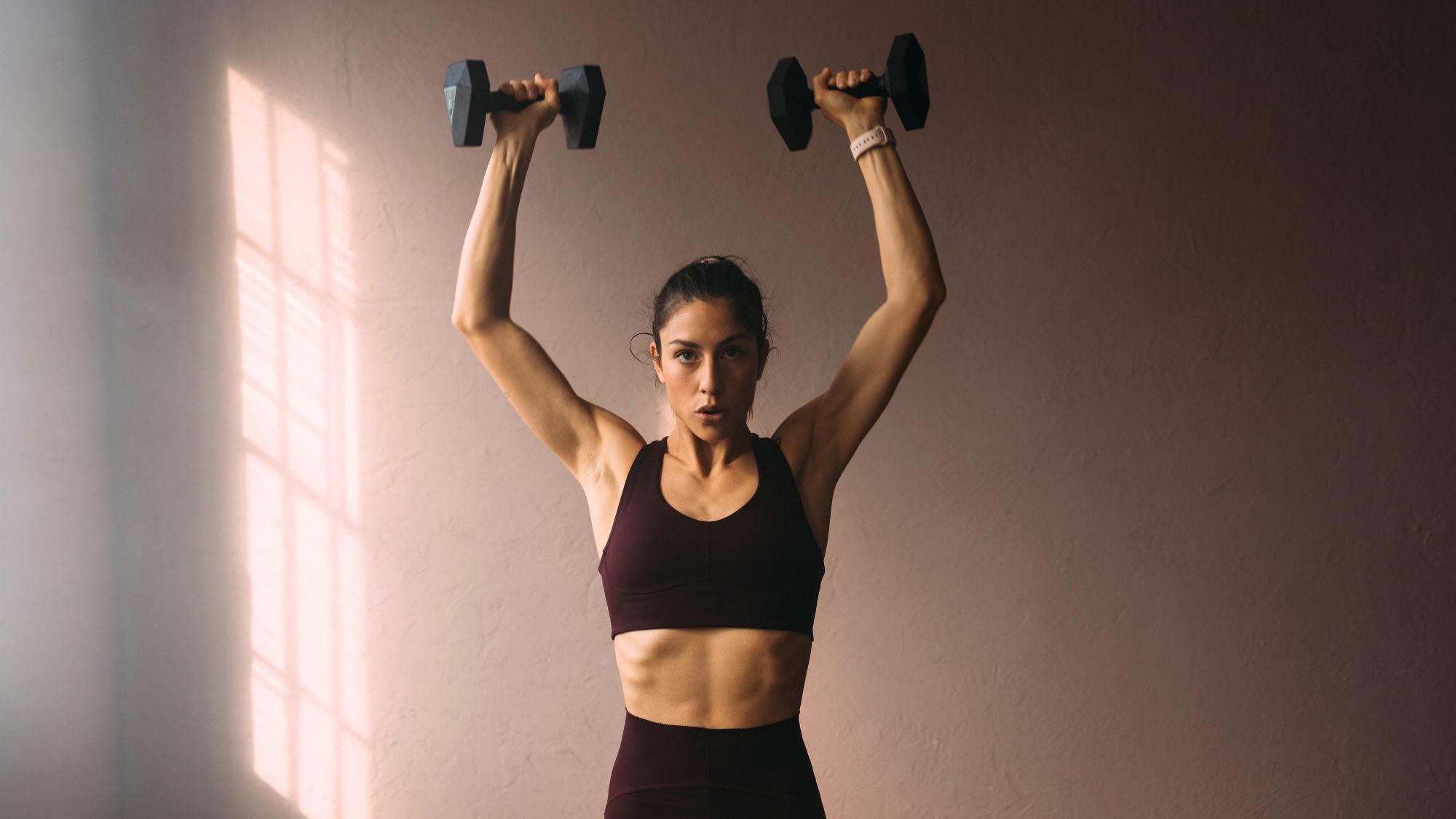
If you're looking for shoulder exercises for women to build a strong upper body, you've come to the right place. When most people think about weight training, they might consider doing glute exercises, dumbbell exercises or kettlebell exercises, but moves to work your shoulders aren't as frequently talked about.
Your shoulders are used in every upper body movement. When you reach up to the cupboard for a bowl for your breakfast or extend your arm out to reach your water on your desk, fun fact: you're using your shoulders. Not to mention when we carry heavy bags, pull suitcases and lift weights. Essentially, you need strong and mobile shoulders to help you move effectively.
In research from the British Journal of Sports Medicine, one hour a week of shoulder-specific strength training (including exercises like front raises and lateral raises) was enough to effectively reduce neck and shoulder pain in office workers (who notoriously have tight and weak shoulders thanks to days hunching at their desks).
Back exercises can come in handy for the same reasons - but if you're keen to work other areas of your body, don't miss our guides to resistance band exercises, body weight exercises, and leg exercises, too.
Focusing on your upper body specifically? Bicep exercises and tricep exercises, at the ready. Ready to give shoulder exercises a go? We turned to our favourite PTs to share their favourite shoulder-strengthening moves, including Georgey Stafford, coach at The Foundry, Eleanor Heaton-Armstrong, a personal trainer and instructor at F45 Stratford, Molly Breeden, a PT, pilates instructor and spin teacher, and Jess Rosart, gym manager and coach at WIT. I've also included my own picks - I'm Chloe Gray, a health and fitness writer who has the benefit of regularly talking to the best in the biz, as well as being a qualified personal trainer.
Shoulder exercises for women: so, which is best?
What are shoulder exercises?
First things first - a bit of background for you. There are three main muscles that make up your shoulders. These are:
- The anterior delts, at the front of the shoulder connecting to the chest
- The lateral delts, at the side of the shoulders
- The rear delts, at the back of the shoulder, connecting to the back
The best shoulder exercises for women will depend on which part of your shoulder you want to target. It will also depend on your goals, like whether you want the shoulder to be stronger, bigger or have more endurance. We break down exactly what that all means in this article on weight training.
Celebrity news, beauty, fashion advice, and fascinating features, delivered straight to your inbox!
Remember, the only way to build strength is to work against resistance. That means using your bodyweight or external weights like dumbbells, kettles or resistance bands. Ideally, you'll be doing anything up to 15 reps of an exercise before resting for the best strength gains.
Should women do shoulder exercises?
In short, definitely. There's a wealth of research backing up just how good maintaining your shoulder strength is - from improved mobility and flexibility, to boosted strength, to lower risk of injury, having a strong upper body (and specifically shoulders) will only make your life easier.
Wondering why? Well, because having strong shoulders is a great form of functional fitness, which essentially means that you'll make day-to-day movement and activities more doable. Think reaching high cupboards, carrying bags or working at a desk, all of which involve your shoulders without you really realising.
Bottom line: doing upper body or shoulder-specific moves only promises to make your range of movement and overall quality of life that bit richer.
5 best shoulder exercises to try tonight
1. Arnold press
What? Named after Arnold Schwarzenegger himself, the Arnold press targets the total shoulder for all-over strength. These come recommended by every single trainer we spoke to, too. "This gets the shoulder capsule moving in different ranges by turning and pressing the weight," says Jess.
How to: Sit on a bench (ideally with a back rest) with dumbbells in both hands. Place your feet flat on the floor and engage your core. Bring the dumbbells up to shoulder height with the palms facing inwards.
Begin to twist your hands so your dumbbells come to face away from you. As you do so, press your hands overhead. You should finish with the dumbbells touching overhead. Slowly lower back down, twisting the hands back so your palms face inwards.
How long: Aim for 60 seconds.
2. Seated overhead press
What? Similar to the Arnold press, the overhead press involved pushing the dumbbell overhead. "Doing the exercise seated minimises the risk of overarching through my lumbar spine. It also makes it slightly more challenging on the shoulders as you cannot use your legs to drive the weight up," says Georgey.
How to: Sit on a bench (ideally with a back rest) with dumbbells in both hands. Place your feet flat on the floor and engage your core. Bring the dumbbells up to shoulder height with the palms facing out.
Press your hands straight overhead so the dumbbells touch overhead. Then slowly lower back down.
How long: Aim for 60 seconds.
A post shared by Lydia Turner, B.S, CPT, GFI (@lydiairenee)
A photo posted by on
3. Front raise
What? Targeting the front of the shoulder, front raises are all about control. Go slow and feel the burn.
How to: Begin standing with your feet shoulder-width apart and a small bend in the knee. Hold a dumbbell in each hand resting on the front of your hips or thighs. Roll the shoulder back and down and, without bouncing the legs or arching the back, lift your arms up in front of you so they are parallel to the floor, palms facing down. Slowly lower back down.
How long: Aim for 60 seconds.
4. Reverse flys
What? Reverse fly's target the back of your shoulders, which is important for better posture and reducing pain. You might have to go lighter with this exercise than you expect but challenge yourself.
How to: You can do these standing, but for more stability sit on the edge of a bench or box. Hinge your hips to tilt your upper body down towards the floor.
Hold a dumbbell in each hand, palms facing down, at a 60 degree angle. Roll your shoulders back and down then squeeze between the shoulder blades to lift the dumbbells up. Slowly lower back down.
How long: Aim for 60 seconds.
5. Lateral raises
What? Lat raises are the best exercises to target the side of your shoulders. Again, you might have to go lighter with this exercise, but the key is control: don't bounce your legs or swing your arms.
How to: Begin standing with your feet shoulder-width apart and a small bend in the knee. Hold a dumbbell in each hand resting by your sides. Roll the shoulder back and down and, without bouncing the legs or arching the back, lift your arms to the side. Keep a small bend in the elbow and stop when your fists are in line with your shoulders. Slowly lower down.
How long: Aim for 60 seconds.
A post shared by Energico (@energico._)
A photo posted by on
Shop MC UK's go-to workout kit now:
Why is it important to train your shoulders?
Weight training is often wrongly associated with getting "bulky," which deters some women from heading to the gym. That said, it's been proven not too, and instead improves your bone density, muscle mass, metabolism and more.
Training your shoulders specifically is key to good mobility - just think about how often you use your shoulders daily and you'll know that being to move with ease is important.
Lastly and as above, research from the British Journal of Sports Medicine showed that shoulder-specific strength training can also help with reduce neck and shoulder pain.
How can I build shoulder muscles at home?
Simple - try a combination of the above five moves - that's an Arnold press, seated overhead press, front raise, reverse flys, and lateral raises - and aim for three rounds of the movements. Each round, try 12 reps per movement.
To improve your strength, gradually increasing the weights you're lifting week on week is key. This is called progressive overload and will boost your shoulder strength over time rather than simply maintaining your current fitness levels.
If you don't have access to weights at home, using your body weight can be effective if done with correct form.

Chloe Gray is a freelance journalist who writes and talks about health, fitness, and wellbeing through a feminist lens. She was part of the launch team for Stylist magazine's fitness brand, Strong Women, and has written for i news, Women's Health, Red magazine, Good Housekeeping, Refinery29, and more. She's all about building mental and physical strength, eating delicious food that fuels you well, and making the fitness industry more accessible and enjoyable. She's also a qualified fitness trainer and research nerd, so you can be sure everything you read is backed by proper science.


